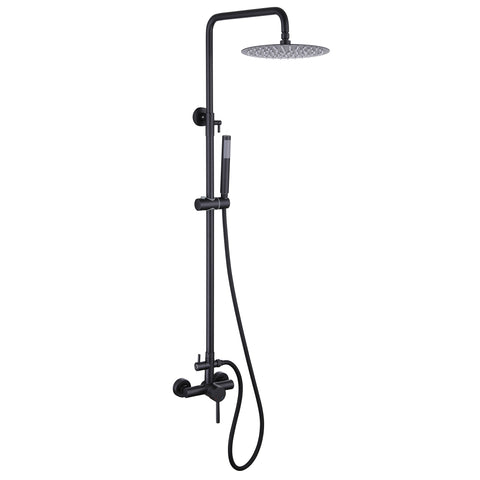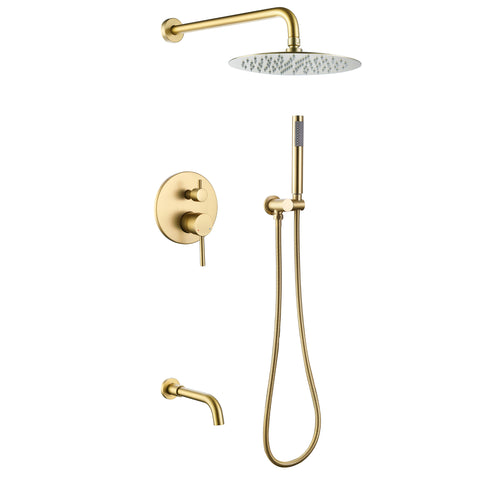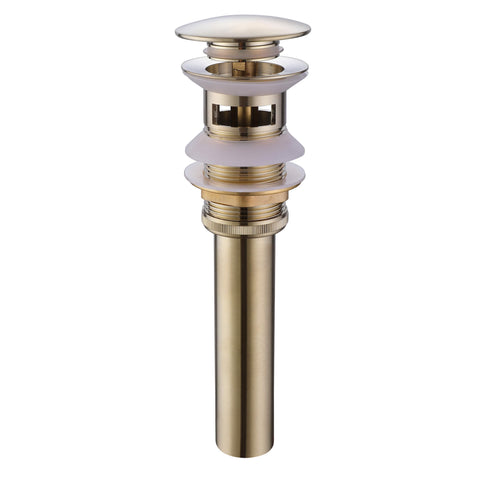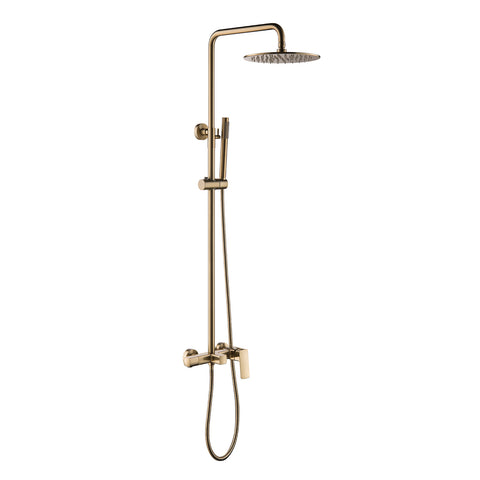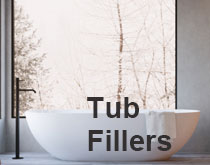Repair Dripping Faucets: A Step-by-Step Guide to Fixing the Annoying Leak
Drip, drip, drip. The sound of a dripping faucet can be incredibly annoying, but it's not just the noise that should concern you. A dripping faucet can waste a significant amount of water over time, leading to higher utility bills and environmental consequences. Luckily, repairing a dripping faucet is a relatively simple task that can be accomplished by homeowners with basic tools and a little know-how. In this blog, we will guide you through the steps to repair dripping faucets and help you save both water and money in the process.
Understanding the Common Culprits
Before diving into the repair process, it's important to understand the common reasons why faucets drip. The most typical culprits include worn-out washers, damaged O-rings, corroded valve seats, or loose parts within the faucet. By identifying the underlying cause, you can take appropriate steps to fix the problem and prevent further leakage.
Tools You'll Need
To repair a dripping faucet, you'll need a few basic tools that are likely already present in your toolkit. Here's a list of essential tools:
- Adjustable wrench
- Screwdriver (Phillips or flat-head)
- Allen wrench (for hex screws)
- Replacement parts (washers, O-rings, valve seats, etc.)
- Plumbing tape
- Clean cloth or rag
- Penetrating oil (if needed)
Step-by-Step Repair Process
- Gather your tools: Make sure you have everything ready before starting. This saves time and keeps the process smooth.
- Turn off the water supply: Shut off the valves under the sink to avoid any water flow during the repair.
- Disassemble the faucet: Use the correct screwdriver or wrench to remove the handle and access internal parts. Each faucet type may require different tools.
- Inspect and replace damaged parts: Examine washers, O-rings, and valve seats. Replace anything worn or damaged with parts that match your faucet’s specifications.
- Clean and lubricate: Remove mineral buildup and use penetrating oil for stuck components. Apply plumbing tape where needed to ensure watertight seals.
- Reassemble and test: Put everything back together carefully. Turn on the water and test the faucet. If dripping continues, recheck for overlooked damage or seek professional help.
Repairing a dripping faucet is a valuable skill that every homeowner should possess. Not only does it save water and reduce your ecological footprint, but it also prevents the annoyance of a constant drip and lowers your utility bills. By following the step-by-step guide provided in this blog, you can confidently tackle dripping faucets and become a master of household repairs. Remember, if you encounter any challenges or the problem persists, don't hesitate to seek professional help. With a little effort and the right tools, you can bid farewell to those irritating drips and contribute to a more sustainable future.
